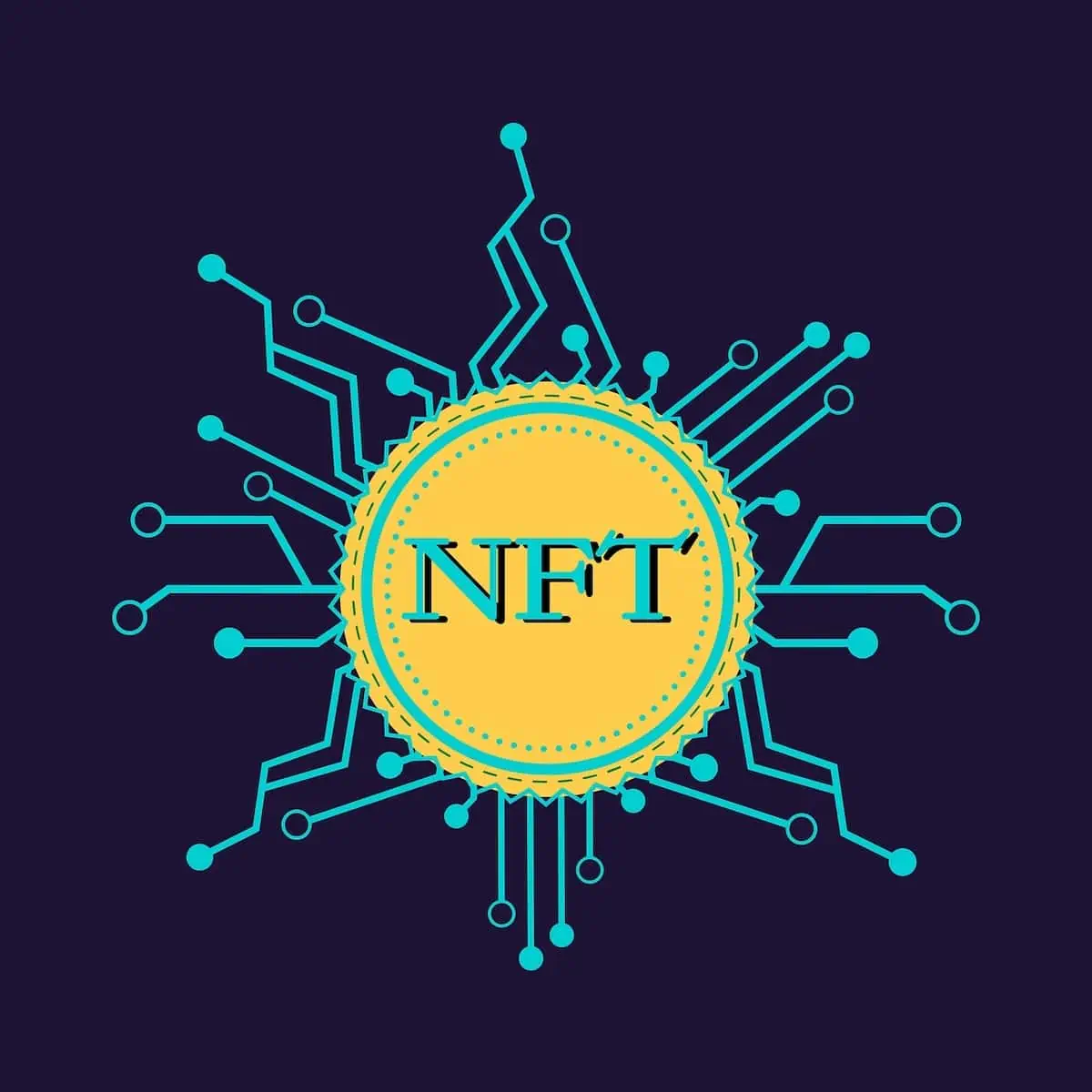In recent years, the world of gaming has witnessed a revolutionary transformation through the emergence of Non-Fungible Tokens (NFTs). These unique digital assets have redefined the way players perceive and interact with in-game items, enabling true ownership and interoperability across various virtual worlds.
This article explores the profound impact of NFTs on the gaming industry, from creating value for in-game assets to fostering cross-game compatibility. Start your trading journey by investing in a reliable trading platform like Immediate Code 360 platform.
The Rise of NFTs and their Significance in Gaming
At the heart of the NFT revolution lies the principle of uniqueness. Unlike cryptocurrencies such as Bitcoin or Ethereum, which are interchangeable and identical, NFTs represent distinct and individual units, each possessing its own value and characteristics.
With the advent of blockchain technology, NFTs can be securely stored and verified on decentralized ledgers, ensuring transparency and authenticity in their ownership.
Empowering True Ownership of In-Game Assets
Traditionally, players invest substantial time and effort in acquiring in-game items and skins, only to find themselves confined within the boundaries of the gaming platform. With NFTs, the concept of true ownership has come to fruition, granting players the freedom to buy, sell, or even transfer their virtual possessions outside the game’s ecosystem.
This newfound autonomy over digital assets has created a thriving market where collectors and enthusiasts can trade NFTs through platforms, turning virtual items into valuable commodities.
Fostering a Player-Driven Economy
NFTs have catalyzed the development of player-driven economies within gaming communities. In the past, developers held a monopoly over in-game items, dictating their availability and pricing. Now, players themselves can shape the market dynamics by determining the value of their NFTs based on demand and scarcity.
This shift from a centralized economic model to a decentralized one has ushered in an era of empowerment for gamers, encouraging participation, and active engagement in the virtual worlds they inhabit.
Unlocking Interoperability across Virtual Realms
Perhaps one of the most revolutionary aspects of NFTs in gaming is their potential to establish interoperability between disparate gaming platforms. Traditionally, in-game assets were confined to their respective games, limiting players from utilizing their hard-earned items in different virtual realms.
However, NFTs are not bound by these barriers, as their unique properties can be recognized and integrated into other games that support the same blockchain standards.
NFTs and the Emergence of Metaverses
The concept of metaverses, immersive digital universes where players can interact and explore without restrictions, has gained significant traction in recent times. NFTs play a pivotal role in the development of metaverses, as they offer the means to establish a seamless flow of assets and identities between these virtual realms.
Through platforms, gamers can navigate between various metaverses, taking their NFT collections and avatars with them, creating a truly interconnected and persistent virtual experience.
Redefining Digital Art and Collectibles
Beyond in-game assets, NFTs have also redefined the landscape of digital art and collectibles. Artists can tokenize their creations, ensuring their authenticity, and gaining royalties whenever their NFTs change hands in the secondary market.
Collectors, on the other hand, can acquire and showcase unique digital artworks and rare collectibles, creating a thriving ecosystem of creativity and value appreciation.
The Challenges and Future Prospects of NFTs in Gaming
Despite the groundbreaking potential of NFTs in gaming, there are challenges that need to be addressed, such as scalability, energy consumption, and potential market speculation. However, as the technology matures, these hurdles are likely to be overcome, paving the way for even greater integration of NFTs into gaming.
With platforms leading the charge, the future prospects for NFTs in gaming remain promising, offering a glimpse into a gaming landscape where true ownership, interoperability, and creative expression reign supreme.
Conclusion
In conclusion, NFTs have undeniably revolutionized the gaming industry, offering players unprecedented control over their in-game assets and fostering a vibrant ecosystem of creativity and commerce.
As the technology continues to evolve and address its challenges, NFTs are poised to play an even more significant role in shaping the future of gaming, enabling seamless interoperability and creating immersive, interconnected virtual experiences for players worldwide.
Platforms will continue to be instrumental in fueling this transformative journey, bridging the gap between gamers, collectors, artists, and virtual worlds.
In-Game Assets article and permission to publish here provided by Jean Nichols. Originally written for Supply Chain Game Changer and published on October 17, 2023.
Cover image by Shakti Shekhawat from Pixabay

